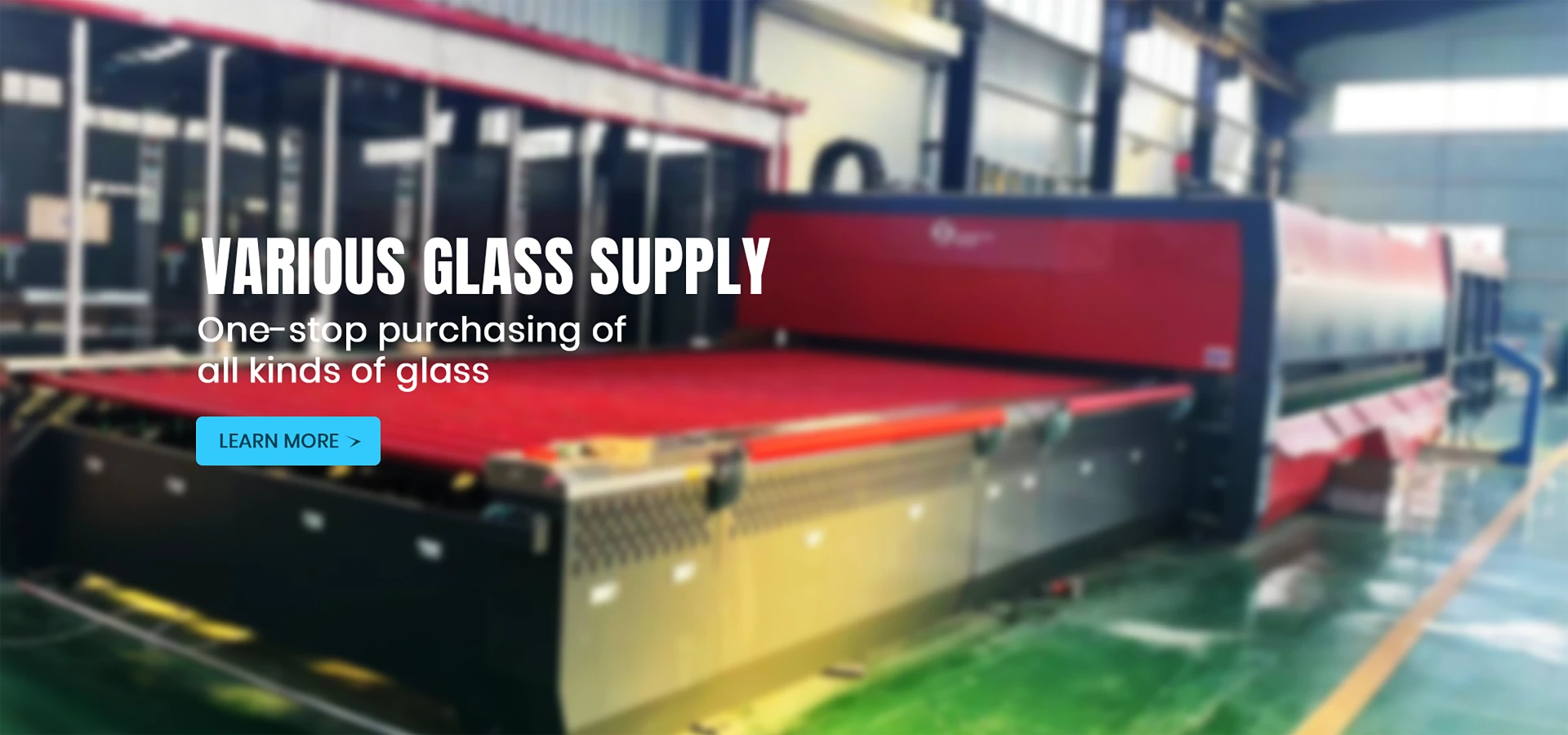The use of glass in architecture has transformed the way we perceive and interact with built environments. This versatile material not only enhances aesthetic appeal but also offers functional benefits that push the boundaries of design and sustainability. From towering skyscrapers to intimate residences, glass has become an integral component in modern architecture, reflecting a desire for transparency, light, and connection with nature.
The use of glass in architecture has transformed the way we perceive and interact with built environments
. This versatile material not only enhances aesthetic appeal but also offers functional benefits that push the boundaries of design and sustainability. From towering skyscrapers to intimate residences, glass has become an integral component in modern architecture, reflecting a desire for transparency, light, and connection with nature.
Furthermore, the advancements in glass technology have expanded its structural applications. Architectural innovations such as double-glazed windows, tempered glass, and low-emissivity coatings enhance thermal performance and energy efficiency. Buildings with extensive glass usage can achieve LEED certification and meet sustainability goals by minimizing energy consumption. These eco-friendly designs reflect a growing awareness of environmental issues and a commitment to sustainable practices in architecture.
use of glass in architecture
In addition to functional benefits, glass also contributes to the artistic expression of architectural design. The interplay of light and reflections creates a dynamic experience for viewers, as glass surfaces can change appearance depending on the time of day and weather conditions. Architects often use glass as a medium to experiment with form and texture, creating iconic structures that challenge conventional design paradigms. Museums, cultural centers, and commercial spaces frequently leverage glass to convey a sense of modernity and openness.
However, the use of glass is not without its challenges. Concerns about privacy, glare, and heat gain must be addressed through thoughtful design strategies. Architects are increasingly incorporating exterior shading devices, fritted patterns, and specialized coatings to mitigate these issues while retaining the aesthetic and functional benefits of glass.
In conclusion, the use of glass in architecture goes beyond mere aesthetics; it embodies a philosophy of openness, sustainability, and innovation. As technology advances, we can expect to see even more creative and efficient uses of glass in architectural practices, paving the way for a future where buildings harmoniously blend with their environments while meeting the needs of their occupants.
 Afrikaans
Afrikaans  Albanian
Albanian  Amharic
Amharic  Arabic
Arabic  Armenian
Armenian  Azerbaijani
Azerbaijani  Basque
Basque  Belarusian
Belarusian  Bengali
Bengali  Bosnian
Bosnian  Bulgarian
Bulgarian  Catalan
Catalan  Cebuano
Cebuano  Corsican
Corsican  Croatian
Croatian  Czech
Czech  Danish
Danish  Dutch
Dutch  English
English  Esperanto
Esperanto  Estonian
Estonian  Finnish
Finnish  French
French  Frisian
Frisian  Galician
Galician  Georgian
Georgian  German
German  Greek
Greek  Gujarati
Gujarati  Haitian Creole
Haitian Creole  hausa
hausa  hawaiian
hawaiian  Hebrew
Hebrew  Hindi
Hindi  Miao
Miao  Hungarian
Hungarian  Icelandic
Icelandic  igbo
igbo  Indonesian
Indonesian  irish
irish  Italian
Italian  Japanese
Japanese  Javanese
Javanese  Kannada
Kannada  kazakh
kazakh  Khmer
Khmer  Rwandese
Rwandese  Korean
Korean  Kurdish
Kurdish  Kyrgyz
Kyrgyz  Lao
Lao  Latin
Latin  Latvian
Latvian  Lithuanian
Lithuanian  Luxembourgish
Luxembourgish  Macedonian
Macedonian  Malgashi
Malgashi  Malay
Malay  Malayalam
Malayalam  Maltese
Maltese  Maori
Maori  Marathi
Marathi  Mongolian
Mongolian  Myanmar
Myanmar  Nepali
Nepali  Norwegian
Norwegian  Norwegian
Norwegian  Occitan
Occitan  Pashto
Pashto  Persian
Persian  Polish
Polish  Portuguese
Portuguese  Punjabi
Punjabi  Romanian
Romanian  Russian
Russian  Samoan
Samoan  Scottish Gaelic
Scottish Gaelic  Serbian
Serbian  Sesotho
Sesotho  Shona
Shona  Sindhi
Sindhi  Sinhala
Sinhala  Slovak
Slovak  Slovenian
Slovenian  Somali
Somali  Spanish
Spanish  Sundanese
Sundanese  Swahili
Swahili  Swedish
Swedish  Tagalog
Tagalog  Tajik
Tajik  Tamil
Tamil  Tatar
Tatar  Telugu
Telugu  Thai
Thai  Turkish
Turkish  Turkmen
Turkmen  Ukrainian
Ukrainian  Urdu
Urdu  Uighur
Uighur  Uzbek
Uzbek  Vietnamese
Vietnamese  Welsh
Welsh  Bantu
Bantu  Yiddish
Yiddish  Yoruba
Yoruba  Zulu
Zulu 

